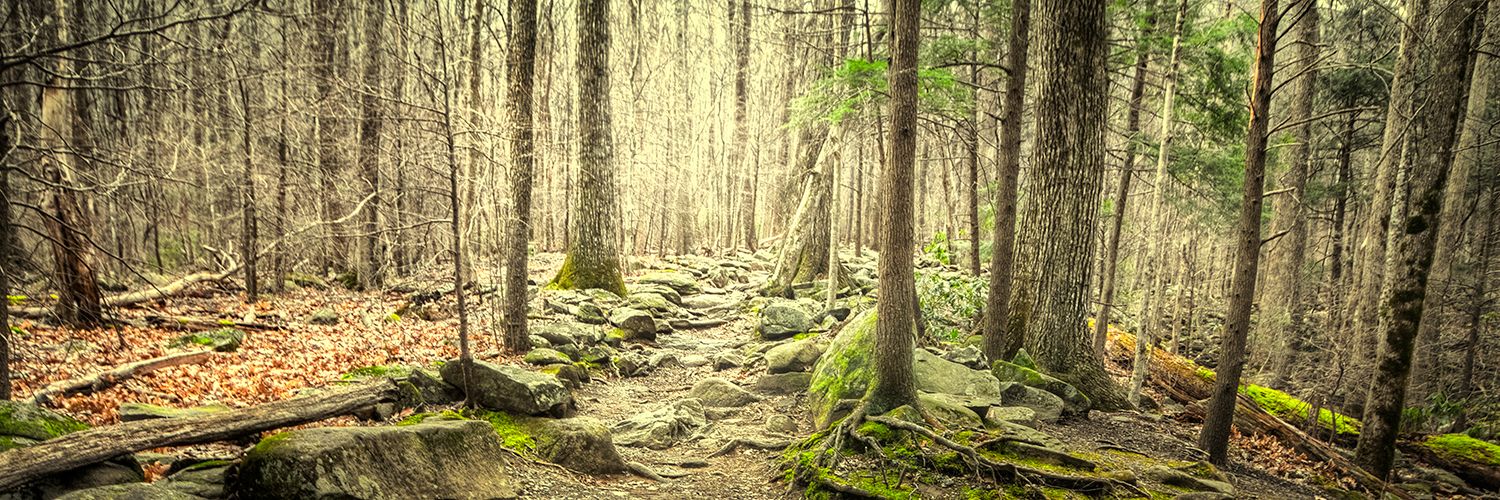This article appeared in the last issue of Sage Whispers. You can find the complete issue here. The article originally appeared in the Kamloops Daily News on June 14, 2011.

Chukars. Photo by Lyn MacDonald
YOU ASKED:
I’m curious to know more about these pretty, partridge-like birds that roam around Ord Road. People call them chukars and say they are not indigenous to the area. Where did they come from? – Ollie Weisbeck
OUR ANSWER:
When it comes to birds, there is only one person we ever need to call upon – Kamloops bird expert Rick Howie – who tells us that chukars are, indeed, not native to North America. They are indigenous to Asia in countries such as Israel, Turkey, Pakistan, India, Afghanistan and Nepal.
“The name is likely an anglicized version of the Hindi word for them, which sounds like chukar,” says Howie.”Taxonomists named it Alectoris chukar. Birds were first shipped to North America in 1893 and introduced in Illinois as a game bird.”
As you can imagine, widespread introductions occurred after that in the U.S., and it was only a matter of time before the birds made their way to Canada.The Fish and Wildlife Branch of the B.C. government introduced chukars to the province in 1950 when 17 birds (obtained from Washington and Oregon) were released in Kamloops.For the next five years, a whopping 2,600 chukars were introduced at eight different locations in the Southern Interior, including more near Kamloops. The purpose was to provide hunting opportunities.Since then, the populations have expanded and the birds nest and reproduce successfully in the dry, steppe country of the Thompson Valley and parts of the Okanagan.
They remain a popular game bird and often visit bird feeders of people who live near the grassland margins of the city.
